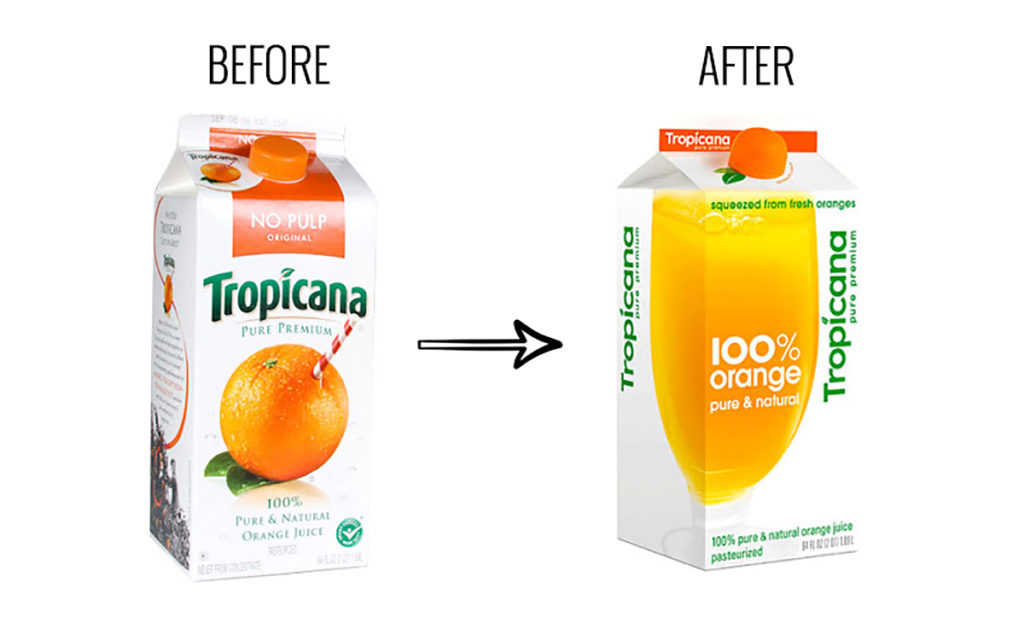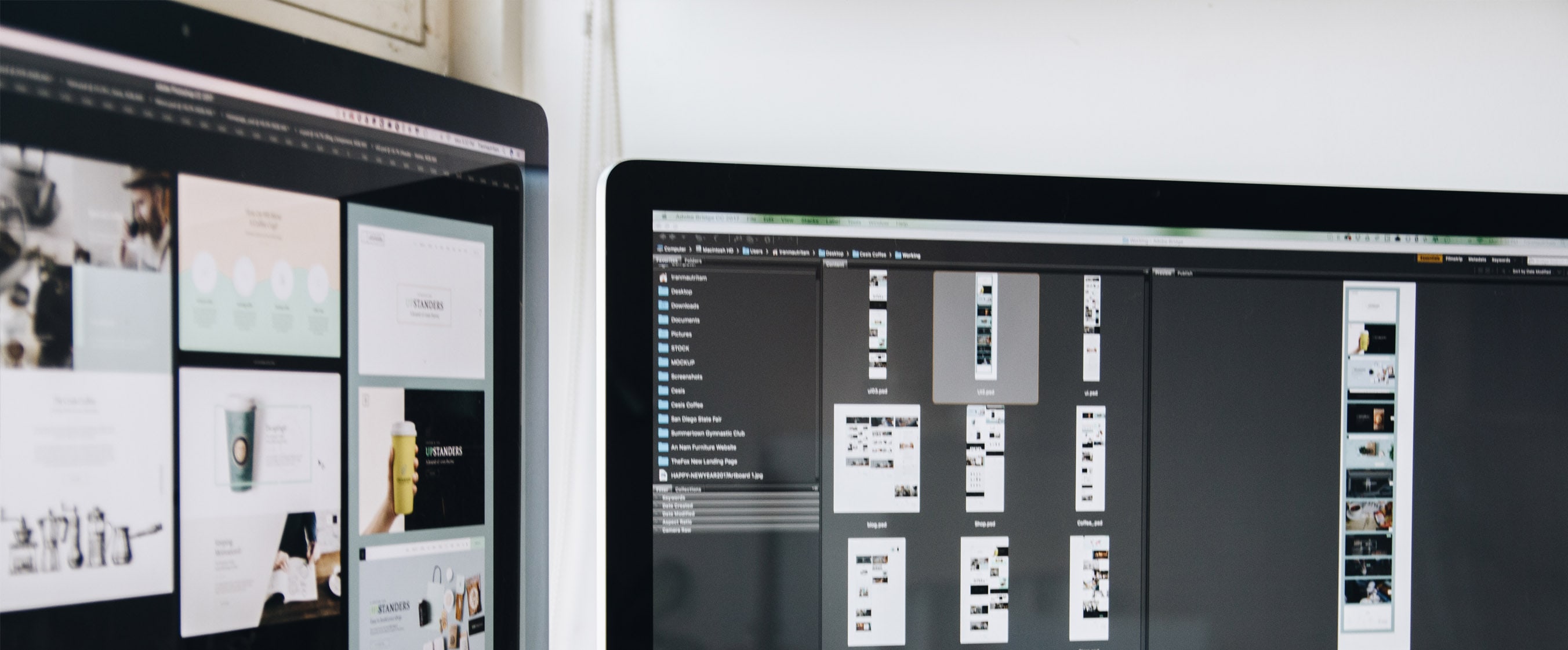Transitioning from Graphic Design to User Experience Design is not always easy. There are a number of factors, including the job itself, that can change the definition of each.
With that said, the first thing you should understand is the fundamental difference between Graphic, UX, and UI design.
Graphic Design
Deciding how things should look. Graphic Designers choose colors, fonts, layouts, and other elements. In short, graphic design is a static, non-interactive layout.
User Interface Design (UI)
UI Designers are often mixed up with Graphic Designers. The main difference is that user interface design also includes interactive elements and almost lives exclusively in the digital realm.
User Experience Designer (UX)
UX Designers focus on the logic and structure behind the elements you see and interact with. UX is typically broken down into two different phases – research and validation.
With that said, all of these 3 descriptions have A LOT of overlap (and everyone has their own idea of what they represent).
From my experience(s) working with teams of designers I’ve come to realize one key component Graphic Designers must master before transitioning into the role of “UX.”
Most Graphic Designers have a lot of experience meeting clients needs and thinking about the end user, but they don’t usually have experience conducting qualitative and quantitative research to back up their decisions.
Let’s take a look atRe-arranges screen to look at selected object. More an example…
Below is a packaging design for Tropicana, that’s known for its debacle in 2009.

The designer working for PepsiCo, the parent company of Tropicana, wanted to give the packaging design a modern refresh. The overall idea was to portray the look of fresh squeezed orange juice.
And here’s where it all went wrong…
Neither the designer or Tropicana tested the product’s packaging. It was sent to market only to be pulled off store shelves just 7 weeks later, due to a catastrophic drop in sales.
One could easily argue that the “after” design above is “good” graphic design. It pleased the client and modernized the brand…BUT, if the Graphic Designer had taken the approach of a User Experience Designer he would’ve got quantitative feedback and changed the design accordingly.
Most consumers disliked the packaging because it looked like the generic brands next to it. Tropicana lost not only its ability to stand out on store shelves, but also the end users’ connection of where their product comes from.
As a UX Designer or UX Researcher, you would want to place the packaging next to other designs sold in stores. Then, conduct a study with real “users” or consumers of orange juice. Had this been done the packaging would’ve been scrapped or changed before it was mass produced and sent to grocery stores nationwide.
The key point here
As you transition from Graphic Design to User Experience Design you should focus heavily on research and validation. Validate your designs with numbers.
At the end of the day, your client or boss will be much happier if you can prove your design works, even if it’s veered away from the initial projectProjects the body silhouette, edges, work geometries and sketch curves into the active sketch plane. Use the selection filter to project a specific type of geometry or the body silhouette. More scope.

Leave a Reply